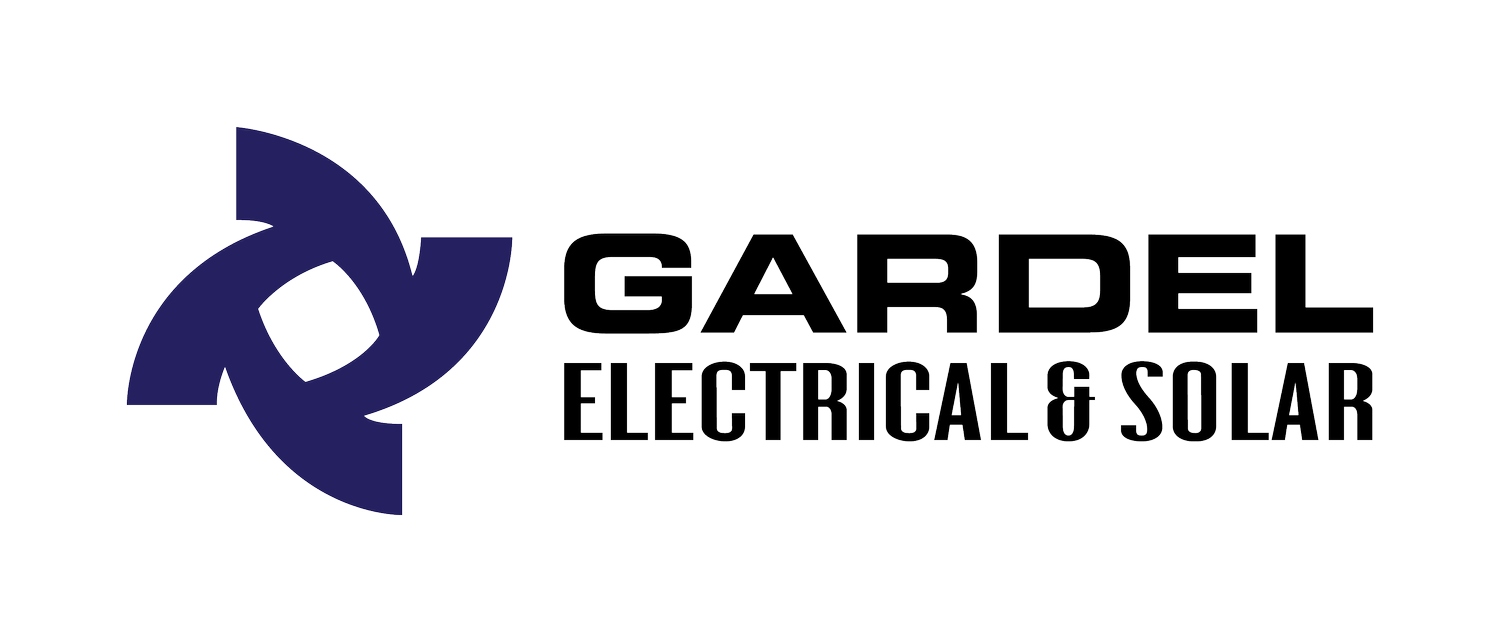Decoding Energy Retailer Plans: Maximising Your Solar Investment
Tips for Choosing the Right Energy Retailer for Your Solar Power System
Congratulations on your new solar power system! Now that you're generating your own electricity, it's time to start thinking about your energy retailer. This choice can catapult your solar investment from 'good' to 'brilliant'. So, how do you navigate through this decision? Let's explore together some key considerations coupled with some of our real-world customer examples.
Understand Your Power Usage Patterns
Before diving into retailer plans, it's essential to understand when and how much electricity you use.
Monitor Your Energy Use: Check your bill or your retailer's online portal for a detailed breakdown of your electricity usage. Or if your solar system was installed with a smart energy meter (like all of ours are) you will be able to run your usage reports through there!
Identify Patterns: Are you a daytime user benefiting from solar production or a night owl requiring more grid power after sunset?
Predict Your Solar Output: This depends on your system size and sun exposure. The higher your output, the less grid electricity you'll need.
These insights can guide you to an energy plan that best aligns with your usage patterns and solar production. Below are the 5 most common plans to suit most households.
Feed-in Tariff: Maximising Your Solar Exports
The Feed-in Tariff (FiT) is the rate your energy retailer pays you for the surplus solar energy you feed back into the grid.
For example, let's consider the Kelly family. The Kellys have a sizeable 10kW solar system and use most of their electricity at night, exporting a large amount back to the grid during the day. They'd benefit from a retailer offering a high FiT, even if their usage rates or daily supply charges are a tad higher.
If your solar usage pattern mirrors the Kellys', prioritising a high FiT could be your winning strategy.
Time-of-use Tariffs: Scheduling Your Energy Use
Time-of-use tariffs adjust your electricity costs based on the time of day. Peak periods, usually evenings, attract high rates, whereas off-peak times offer lower rates.
Take the Johnson family, for instance, who use most of their electricity during the day. They're perfect candidates for a plan with lower peak and shoulder rates, even if it means having a slightly lower FiT.
Households like the Johnsons that utilise a lot of power during sunlight hours could benefit from plans with favourable peak and shoulder tariffs.
Regular Buy Prices: For Low Solar Feeders
Regular buy prices, or usage rates, are the costs for each unit of electricity you consume. If your solar system doesn't cover your entire consumption, you should look for a plan with lower usage rates.
Consider the Pattersons who have a small solar system and use most of the power they generate, feeding very little
back into the grid. For them, a plan that prioritises low usage rates over high FiTs will provide significant savings.
If your scenario is like the Pattersons', a lower buy price can offset the lack of high solar feed-in, optimising your solar investment.
Consider Battery Storage
Solar battery storage allows you to store excess solar energy for use when your panels aren't producing.
The Browns, for example, have a large solar system and generate more power than they use during the day. A battery could store that surplus for use during peak times or power outages, increasing their energy independence. In such a scenario, a retailer offering lower off-peak tariffs for when grid draw is needed to charge the battery could be ideal.
Daily Connection Charges: Beware of the Hidden Costs
Daily connection charges are fixed costs you pay every day, regardless of your power usage.
For the energy-conscious Murphy family, a retailer with lower daily connection charges would be more beneficial, even if it means a slightly lower FiT.
If your household mirrors the Murphys', be mindful of high daily supply charges, as they can counteract the benefits of high feed-in tariffs.
Making the Decision: Do the Math
Choosing the right energy retailer isn't just about one tariff or charge. It's about how these charges interact with your unique energy usage and solar generation. Online comparison tools can provide estimates of your annual costs under different plans, helping you make an informed decision.
By understanding your power usage patterns, considering battery storage, assessing tariffs, and leveraging available tools, you can maximise the return on your solar investment. Remember, this isn't just about chasing the highest FiT, but finding the most beneficial arrangement for your individual energy ecosystem. Make the right choice, and watch as your solar installation goes from a great decision to the best decision. The power, quite literally, is in your hands.
Bonus Tip:
If you're still not sure which retailer is right for you, you can use a solar retailer comparison tool, like Solar Analytics. All our residential solar customers will receive a complimentary 30-day trial for Solar Analytics, which can optimise the plans for you, and give you more control over your energy usage, and peace of mind that your solar system is performing as it should be.
Our expert team of electrical engineers, project managers, designers, and CEC-accredited electricians have extensive experience in designing and installing residential and commercial solar panels, ensuring maximum efficiency and long-term performance. With our cutting-edge technology and reliable service, you can enjoy significant energy savings while contributing to a greener future. Gardel Electrical & Solar offer an industry-leading 10-year workmanship warranty, along with the manufacturer’s 25-year guarantee, offering both value and peace of mind.
Take the first step towards sustainable living and request a free quote today.





